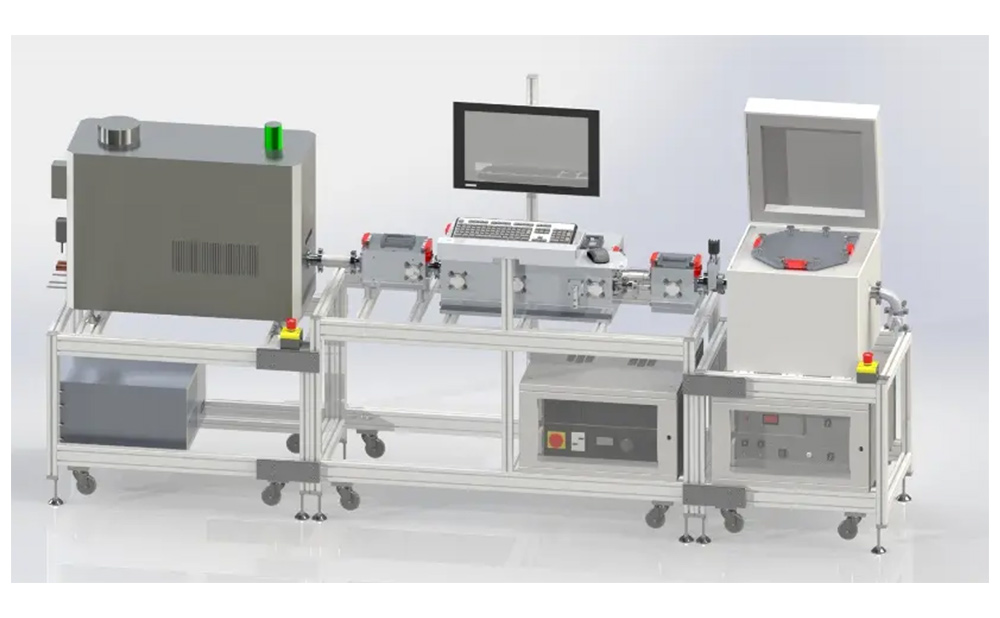Thin Film Weak Absorption and Temperature Rise

Relative Weak Absorption Tester
Brand: LZH
Model: PCI-TR
Function: It can be tested with conventional wavelength (1064nm) or customized wavelength, and can test square or circular samples with sample size of 3×3×3~50×50×50 (mm);
Sensitivity: Volume absorption: 1ppm/cm; Surface absorption: 1ppm (one measurement can be distinguished);
Test speed: conventional 2min/piece (relative to 6mm thickness)
By measuring the absorption and temperature rise data of the film, it can be judged how much the film is affected by the laser of a specific wavelength.
Absorption is measured by a relative weak absorption tester (PCI-TR), and the film layer on the surface of the lens is processed by a 1064nm (or 1030nm) pump light, and the thermal lens effect formed by the film layer is detected by a 632nm detection light. The relative weak absorption value of the film is calculated by processing the detection data. Through long-term technical accumulation, the absorption value of the anti-reflection film can be <3ppm, and the absorption of the multilayer film (layer>30) can be <5ppm.
Temperature rise measurement is a measurement method that characterizes the temperature change after film absorption, which is more in line with actual application scenarios. The measurement uses a 1070nm laser, the test power is 9kW, the average power density acting on the lens is 46kW/cm2, the lens film to be measured is processed for 60s, and the temperature of the laser action area is measured using an infrared camera. The temperature rise data is obtained by subtracting the initial temperature of the lens from the highest temperature. Through long-term technical accumulation, the film temperature rise value can be less than 5℃.
RELATED NEWS
CATEGORIES
LATEST NEWS
CONTACT US
Contact: Jessie
Phone: +86 13772020541
E-mail: info@borisun.com; jessie@borisun.com
Whatsapp:+86 13772020541
Add: First floor, dalanyingthermal insulation material factory, Shima Road, Hantai District, Hanzhong City, Shaanxi Province, China 723000
